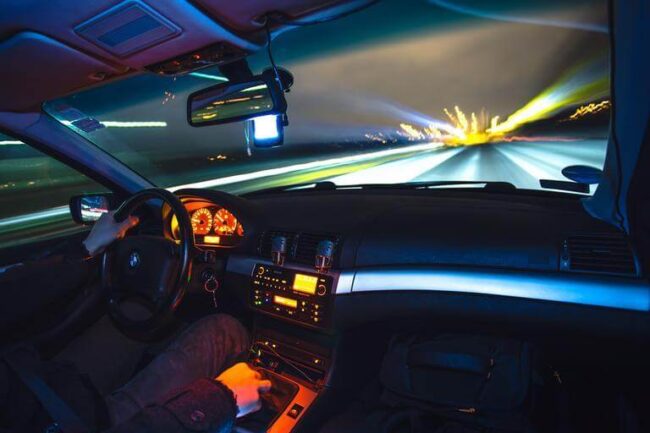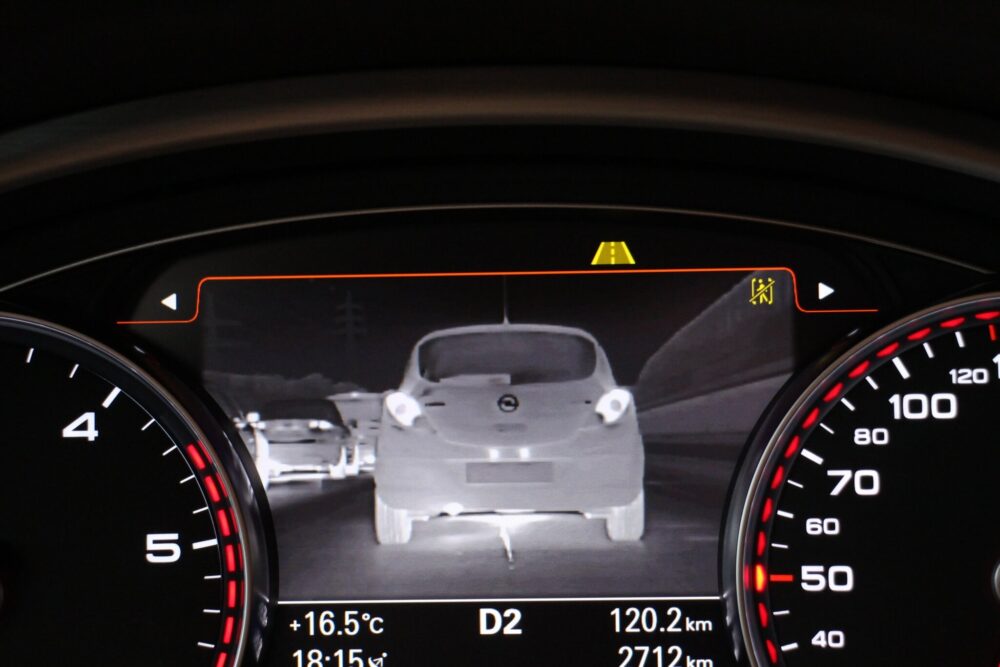It’s a very challenging task when we drive at night. New technology is introduced named night vision for better driving at night at it assist the dive
It’s a very challenging task when we drive at night. New technology is introduced named night vision for better driving at night at it assist the diver and saved the car and humans from road accidents. With this technology, roads can be more visible at night. Many big vehicle companies added the feature of night vision. The companies include BMW X5, Volkswagen Touareg, Audi Q7, Jeep Grand Cherokee, and the beast Cadillac Escalade. Safety is the most important feature so night vision technology added more safety to the vehicles.
What is Night Vision?
Night vision is a safety feature, it actually alerts the driver when an object is located in the front of the vehicle. Night vision vehicles are comprises infrared sensors, and they are placed in the grille of the car. The purpose of the sensor is to capture the video in the IR light spectrum to see objects before the driver can see them in the headlights. The whole video captured by the IR sensor is displayed on the dashboard. A special algorithm of AI is the part of this sensor so that it detects, humans, large objects, and other hurdles.
Active Night Vision Technology?
The vehicles having night vision technology includes both active and passive features. These features are helpful to protect passengers, pedestrians, animals, and drivers at night. An infrared illuminator is used by Active night vision technology. An infrared illuminator is actually a bunch or cluster of sensors and they are just like a headlamp. Their purpose is to make the IR spectrum on the road. Their main purpose is to produce fine and clear images for the driver. But there is another technology named passive night vision which is far better than active night vision technology.

Passive Night Vision Technolgy?
This technology is more common than active night vision and it is used to capable vehicles to see in the night. Its main feature is that it utilizes heat for the detection of objects. The captured images are displayed in lighter colors. It is a long-range detection device but it can’t work in hot environments.
Visible Range of Night Vision Cameras?
The vehicles having night vision cameras, actually have a wide range in their viewing distances. Range depends on the model of the sensor and version of night vision technology. Usually, night vision ranges are thirty-three feet to one thousand feet. An active night vision sensor ranges from 394 feet to 656 feet and the visible range of passive sensors is more than active sensors they are from 300 to 1000 feet. Actually, visibility depends on the weather conditions. Inclement weather disturbs the visible range of the vehicle.
How Can I Add the feature of Night Vision To My Car?
It is possible when the company of your car has night vision technology, for your model of vehicle. If the company initiates the feature of night vision technology then you can contact the respective nearby dealer of the vehicle so that he can add the feature of night vision. If you have an older vehicle or a vehicle that doesn’t offer the option to have built-in night vision, there are night vision cameras you can buy and install yourself.
Typically these cameras are lower quality, and some are not even infrared cameras. They are normally powered by your cigarette lighter and come with a display screen for you to place in a convenient location. The camera typically mounts to your dashboard or suction cups to your windshield. It is up to you to choose where to place it.
Is Night Vision Work In Snow?
In light snowfall, night vision works, but don’t rely on your built-in night vision to see farther ahead during blizzards or heavy snow. Extreme weather conditions effects night vision.
